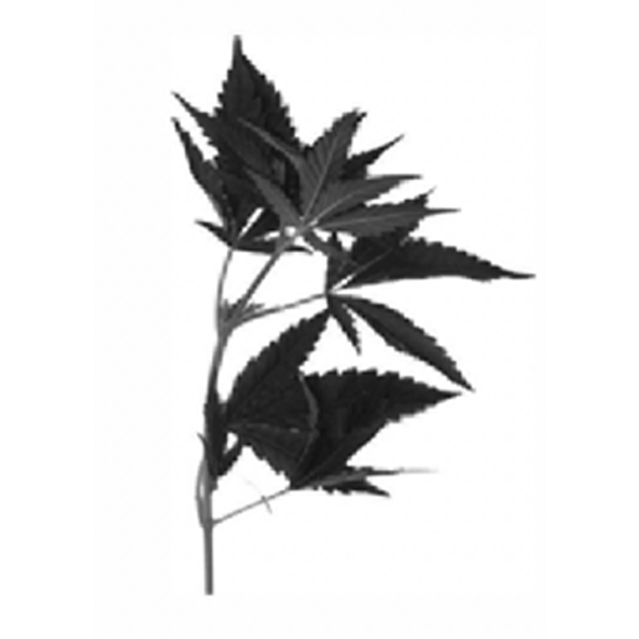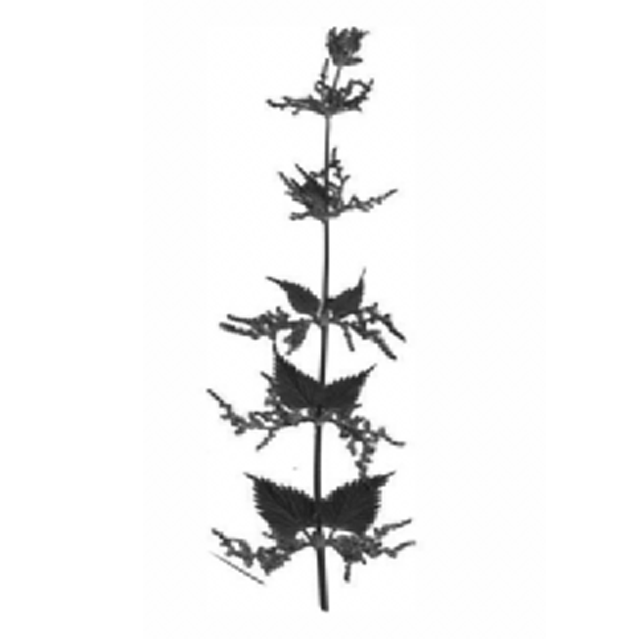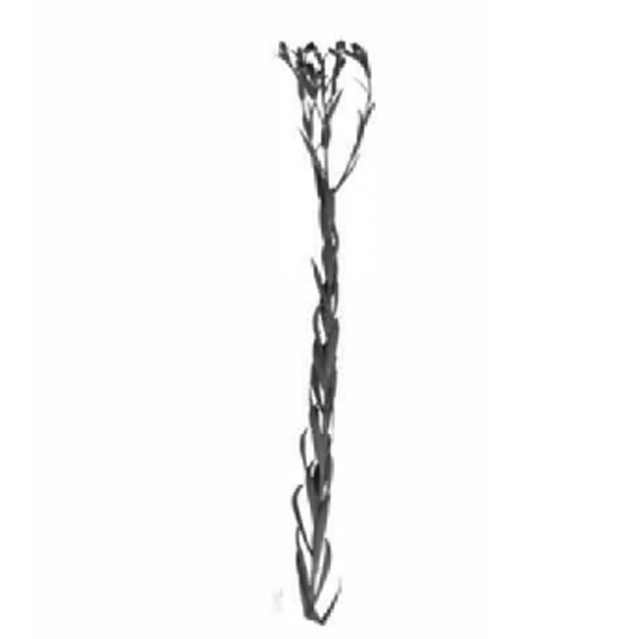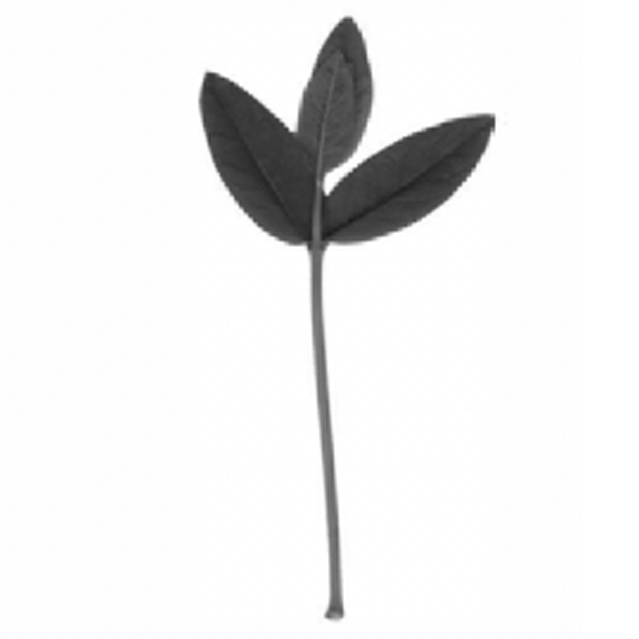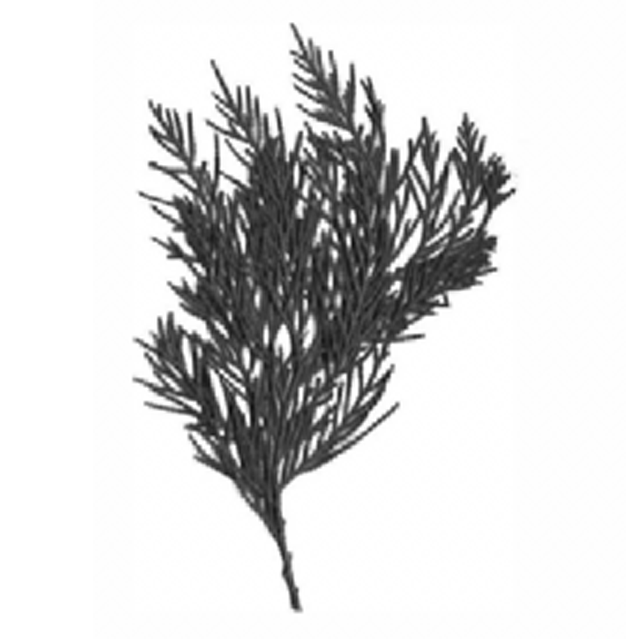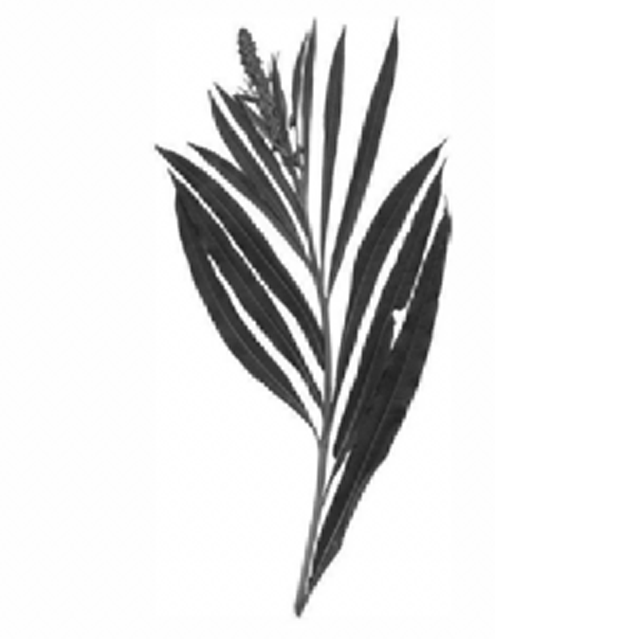How to Identify Fibre Plants
by Christa Clay
Download the designed version for home printing here
There are far more than eight fibre plants available to us here in BC, but the Fibreshed Field School focused on hemp, daylily, nettle, flax, milkweed, dogbane, cedar, and fireweed. Some are native, others introduced, some common, others more tricky to find, but they all have their own stories and defining characteristics. All of these materials are of cultural significance to the Indigenous
communities. Harvesting and using these plants means participating in the global culture of resource extraction, and requires intimate engagement with ecosystems which are sometimes fragile. This is something to research, to talk about, and to be mindful about. A good rule of thumb is to tread lightly, never take more than 1/3 of what you see, and to use everything that you harvest. Be mindful of the seasons, the location, and the intentions you have. Have a plan, be respectful, and be kind.

